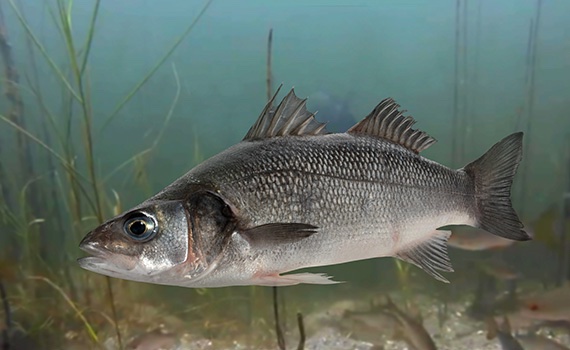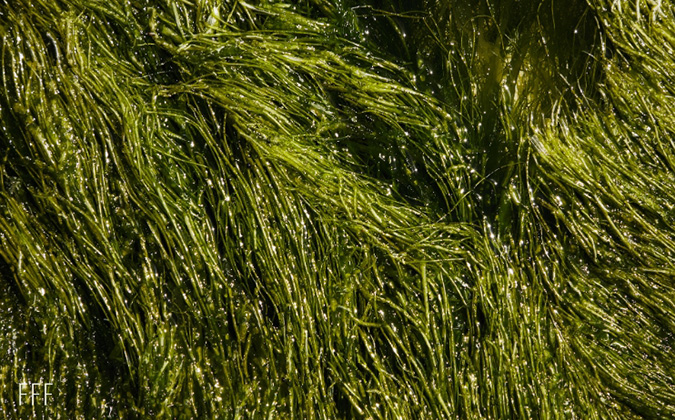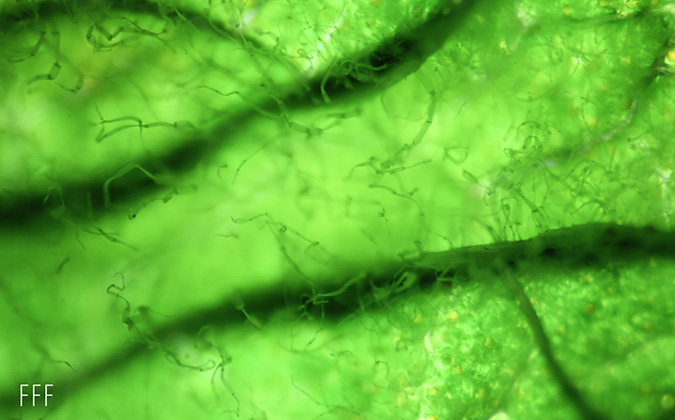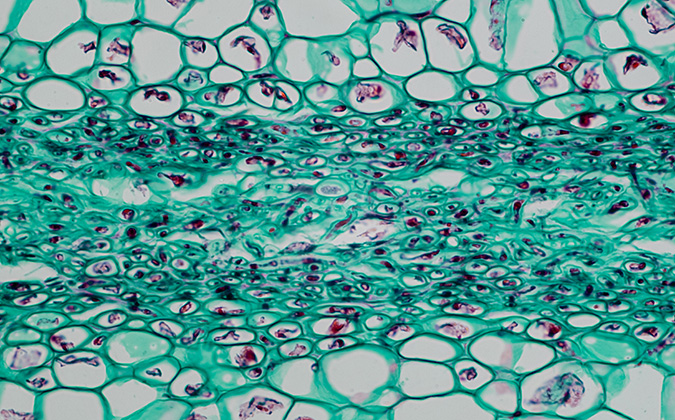
Sea bass immunity to parasitic disease could lead to new treatments
No effective licensed therapies exist against amyloodiniosis, a disease of fish species caused by Amyloodinium ocellatum (AO) ectoparasites. However, new research has shown that European sea bass (ESB) can develop specific immunity to the disease, which could in turn lead to the development of vaccines.
ESB are farmed in lagoons and land-based sites, concentrated in the Mediterranean. High summer temperatures can result in especially high AO infestations, with mortality rates reaching 100%.
Because of the lack of treatments against amyloodiniosis, Michele Massimo and her colleagues at the University of Udine, Italy, and the University of Stirling, UK, set out to understand the host-parasite relationship between AO and ESB, in order to formulate new therapies against the parasites.
The researchers used a multi-modal study involving histology, immunohistochemistry and confocal laser scanning microscopy.
Understanding parasitic activity, effects
The work showed that with severe amyloodiniosis, parasitic branchitis is the main inflammatory pattern observed. The primary sites of infestation on ESB are the gills and the oro-pharyngeal cavity, including the nostrils. The skin did not have lesions nor the typical dusty appearance that gives the disease its common name — marine velvet disease. These findings are consistent with reports and studies conducted on other fish species infested by AO, according to the researchers.
The rhizoids and stomopode of the parasite are the organs most in contact with the fish’s skin. While tests to better understand these organs were inconclusive, it seems that the proteins that make up these organs allow them to move, anchor and absorb nutrients. Further research is needed to identify specific protein markers, which could possibly be antigenic, the scientists said.
Specific immunity offers hope of therapies
The immunohistochemistry research demonstrated that ESB can develop specific immunity against AO which “allowed the localization and enumeration of positive cells, correlated with the progression of the infestation,” the authors said.
The antibody markers used in the study were selected because “they are indicators of tissue reactivity in terms of innate/adaptive immune response,” and confirmed the activation of gill-associated lymphoid tissue components and antibody-producing cells.
The research provides a foundation for future research aimed at treating AO, they continued. Knowing which proteins compose the rhizoids and stomopode, especially if they are antigenic, “could contribute to the development of a vaccine, thus leading to a more effective and durable protection against the infestation.”
To read the full study, published in Pathogens, click here.
Posted on: March 18, 2022






